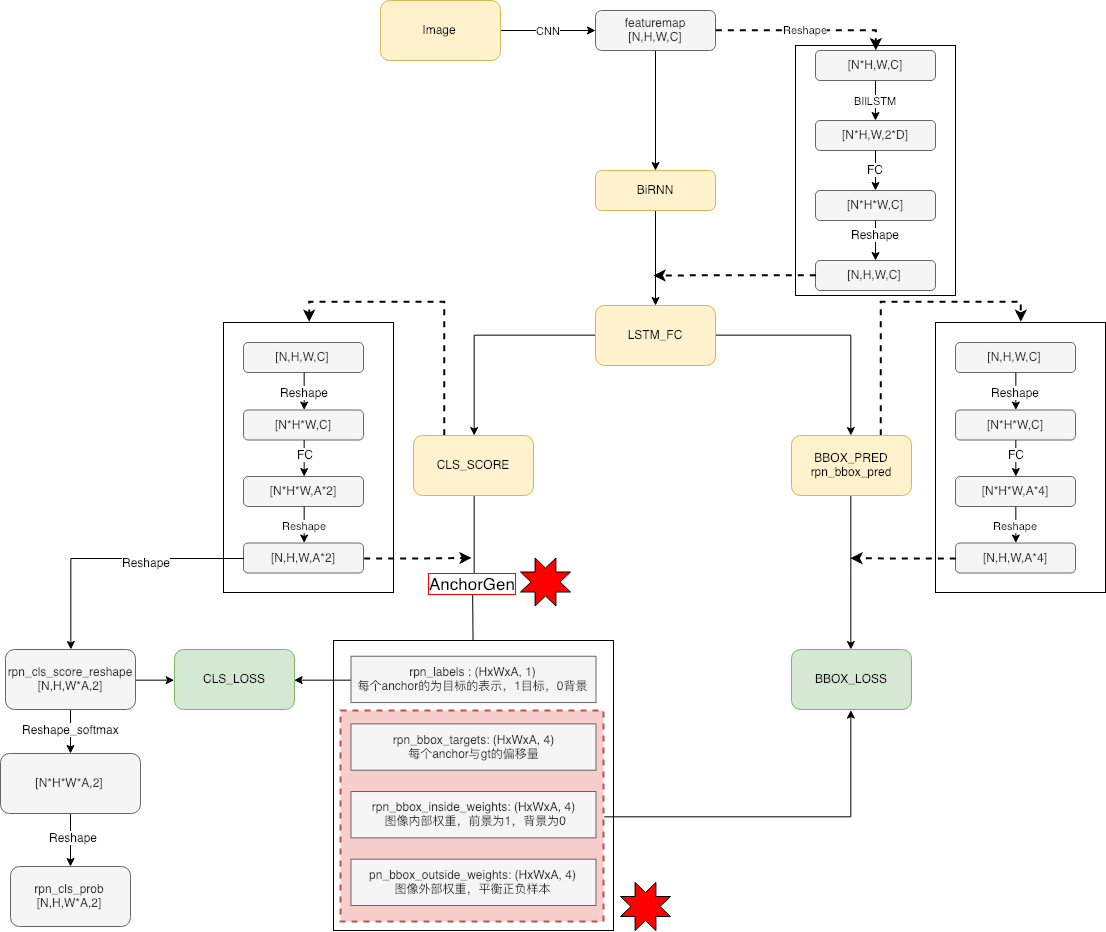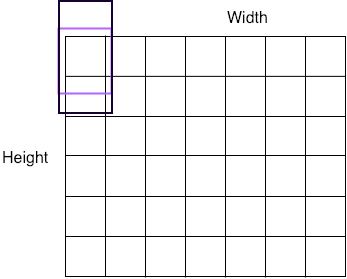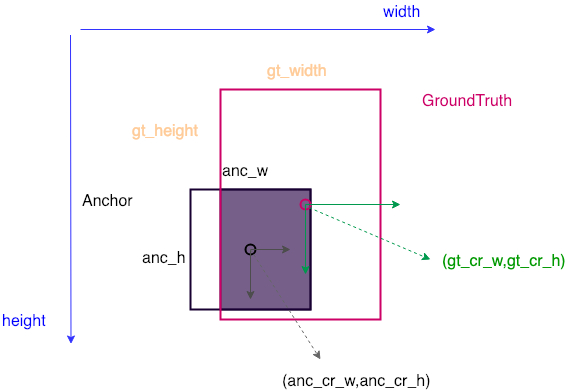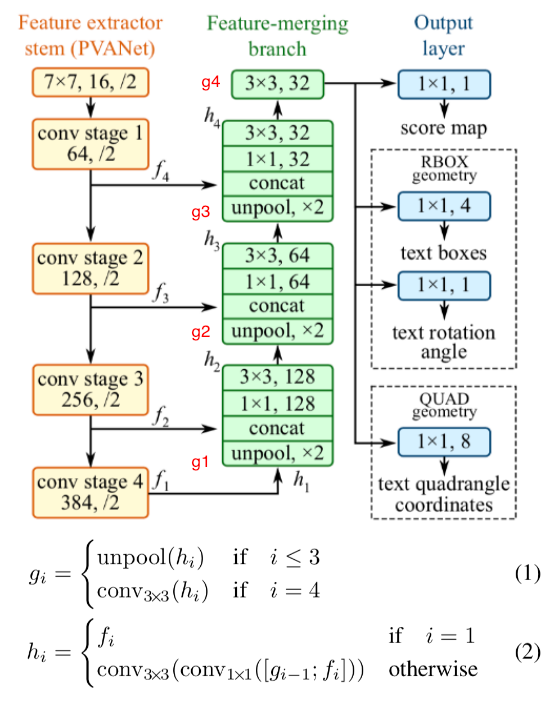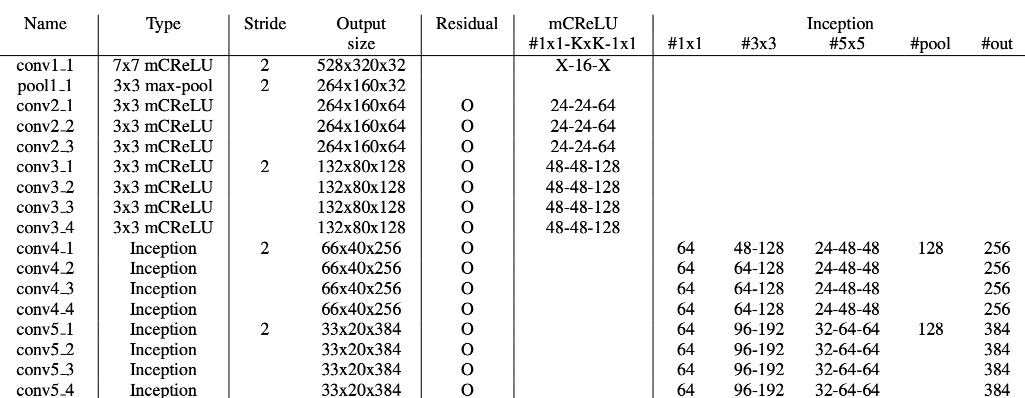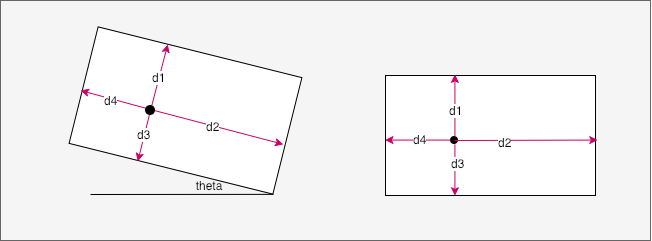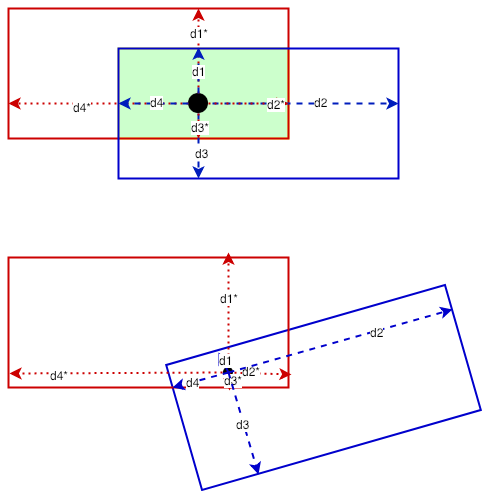1
2
3
4
5
6
7
8
9
10
11
12
13
14
15
16
17
18
19
20
21
22
23
24
25
26
27
28
29
30
31
32
33
34
35
36
37
38
39
40
41
42
43
44
45
46
47
48
49
50
51
52
53
54
55
56
57
58
59
60
61
62
63
64
65
66
67
68
69
70
71
72
73
74
75
76
77
78
79
80
81
82
83
84
85
86
87
88
89
90
91
92
93
94
95
96
97
98
99
100
101
102
103
104
105
106
107
108
109
110
111
112
113
114
115
116
117
118
119
120
121
122
123
124
125
126
127
128
129
130
131
132
133
134
135
136
137
138
139
140
141
142
143
144
145
146
147
148
149
150
151
152
153
154
155
156
157
158
159
160
161
162
163
164
165
166
167
168
169
170
171
172
173
174
175
176
177
178
179
180
181
182
183
184
185
186
187
188
189
190
191
192
193
194
195
196
197
198
199
200
201
202
203
204
205
206
207
208
209
210
211
212
213
214
215
216
217
218
219
220
221
222
223
224
225
226
227
228
229
230
231
232
233
234
235
236
237
238
239
240
241
242
243
244
245
246
247
248
249
250
251
252
253
254
255
256
257
258
259
260
261
262
263
264
265
266
267
268
269
270
271
272
273
274
275
276
277
278
279
280
281
282
283
284
285
286
287
288
289
290
291
292
293
294
295
296
297
298
299
300
301
302
303
304
305
306
307
308
309
310
311
312
313
314
315
316
317
318
319
320
321
322
323
324
325
326
327
328
329
330
331
332
333
334
335
336
|
import numpy as np
import numpy.random as npr
from ..fast_rcnn.config import cfg
from bbox import bbox_overlaps, bbox_intersections
DEBUG = False
def generate_basic_anchors(sizes, base_size=16):
base_anchor = np.array([0, 0, base_size - 1, base_size - 1], np.int32)
anchors = np.zeros((len(sizes), 4), np.int32)
index = 0
for h, w in sizes:
anchors[index] = scale_anchor(base_anchor, h, w)
index += 1
return anchors
def scale_anchor(anchor, h, w):
x_ctr = (anchor[0] + anchor[2]) * 0.5
y_ctr = (anchor[1] + anchor[3]) * 0.5
scaled_anchor = anchor.copy()
scaled_anchor[0] = x_ctr - w / 2
scaled_anchor[2] = x_ctr + w / 2
scaled_anchor[1] = y_ctr - h / 2
scaled_anchor[3] = y_ctr + h / 2
return scaled_anchor
def generate_anchors(base_size=16, ratios=[0.5, 1, 2],
scales=2 ** np.arange(3, 6)):
heights = [11, 16, 23, 33, 48, 68, 97, 139, 198, 283]
widths = [16]
sizes = []
for h in heights:
for w in widths:
sizes.append((h, w))
return generate_basic_anchors(sizes)
def bbox_transform(ex_rois, gt_rois):
"""
computes the distance from ground-truth boxes to the given boxes, normed by their size
:param ex_rois: n * 4 numpy array, anchor boxes
:param gt_rois: n * 4 numpy array, ground-truth boxes
:return: deltas: n * 4 numpy array, ground-truth boxes
"""
ex_widths = ex_rois[:, 2] - ex_rois[:, 0] + 1.0
ex_heights = ex_rois[:, 3] - ex_rois[:, 1] + 1.0
ex_ctr_x = ex_rois[:, 0] + 0.5 * ex_widths
ex_ctr_y = ex_rois[:, 1] + 0.5 * ex_heights
assert np.min(ex_widths) > 0.1 and np.min(ex_heights) > 0.1, \
'Invalid boxes found: {} {}'. \
format(ex_rois[np.argmin(ex_widths), :], ex_rois[np.argmin(ex_heights), :])
gt_widths = gt_rois[:, 2] - gt_rois[:, 0] + 1.0
gt_heights = gt_rois[:, 3] - gt_rois[:, 1] + 1.0
gt_ctr_x = gt_rois[:, 0] + 0.5 * gt_widths
gt_ctr_y = gt_rois[:, 1] + 0.5 * gt_heights
targets_dx = (gt_ctr_x - ex_ctr_x) / ex_widths
targets_dy = (gt_ctr_y - ex_ctr_y) / ex_heights
targets_dw = np.log(gt_widths / ex_widths)
targets_dh = np.log(gt_heights / ex_heights)
targets = np.vstack(
(targets_dx, targets_dy, targets_dw, targets_dh)).transpose()
return targets
def anchor_target_layer(
rpn_cls_score, gt_boxes, gt_ishard, dontcare_areas, im_info, _feat_stride=[16, ],
anchor_scales=[16, ]):
"""
Assign anchors to ground-truth targets. Produces anchor classification
labels and bounding-box regression targets.
Parameters
----------
rpn_cls_score: (1, H, W, Ax2) bg/fg scores of previous conv layer
gt_boxes: (G, 5) vstack of [x1, y1, x2, y2, class]
gt_ishard: (G, 1), 1 or 0 indicates difficult or not
dontcare_areas: (D, 4), some areas may contains small objs but no labelling. D may be 0
im_info: a list of [image_height, image_width, scale_ratios]
_feat_stride: the downsampling ratio of feature map to the original input image
anchor_scales: the scales to the basic_anchor (basic anchor is [16, 16])
----------
Returns
----------
rpn_labels : (HxWxA, 1), for each anchor, 0 denotes bg, 1 fg, -1 dontcare
rpn_bbox_targets: (HxWxA, 4), distances of the anchors to the gt_boxes(may contains some transform)
that are the regression objectives
rpn_bbox_inside_weights: (HxWxA, 4) weights of each boxes, mainly accepts hyper param in cfg
rpn_bbox_outside_weights: (HxWxA, 4) used to balance the fg/bg,
beacuse the numbers of bgs and fgs mays significiantly different
"""
_anchors = generate_anchors(scales=np.array(anchor_scales))
_num_anchors = _anchors.shape[0]
_allowed_border = 0
im_info = im_info[0]
"""
Algorithm:
for each (H, W) location i
generate 9 anchor boxes centered on cell i
apply predicted bbox deltas at cell i to each of the 9 anchors
filter out-of-image anchors
measure GT overlap
"""
assert rpn_cls_score.shape[0] == 1, \
'Only single item batches are supported'
height, width = rpn_cls_score.shape[1:3]
shift_x = np.arange(0, width) * _feat_stride
shift_y = np.arange(0, height) * _feat_stride
shift_x, shift_y = np.meshgrid(shift_x, shift_y)
shifts = np.vstack((shift_x.ravel(), shift_y.ravel(),
shift_x.ravel(), shift_y.ravel())).transpose()
A = _num_anchors
K = shifts.shape[0]
all_anchors = (_anchors.reshape((1, A, 4)) +
shifts.reshape((1, K, 4)).transpose((1, 0, 2)))
all_anchors = all_anchors.reshape((K * A, 4))
total_anchors = int(K * A)
inds_inside = np.where(
(all_anchors[:, 0] >= -_allowed_border) &
(all_anchors[:, 1] >= -_allowed_border) &
(all_anchors[:, 2] < im_info[1] + _allowed_border) &
(all_anchors[:, 3] < im_info[0] + _allowed_border)
)[0]
anchors = all_anchors[inds_inside, :]
labels = np.empty((len(inds_inside),), dtype=np.float32)
labels.fill(-1)
overlaps = bbox_overlaps(
np.ascontiguousarray(anchors, dtype=np.float),
np.ascontiguousarray(gt_boxes, dtype=np.float))
argmax_overlaps = overlaps.argmax(axis=1)
max_overlaps = overlaps[np.arange(len(inds_inside)), argmax_overlaps]
gt_argmax_overlaps = overlaps.argmax(axis=0)
gt_max_overlaps = overlaps[gt_argmax_overlaps,
np.arange(overlaps.shape[1])]
gt_argmax_overlaps = np.where(overlaps == gt_max_overlaps)[0]
if not cfg.TRAIN.RPN_CLOBBER_POSITIVES:
labels[max_overlaps < cfg.TRAIN.RPN_NEGATIVE_OVERLAP] = 0
labels[gt_argmax_overlaps] = 1
labels[max_overlaps >= cfg.TRAIN.RPN_POSITIVE_OVERLAP] = 1
if cfg.TRAIN.RPN_CLOBBER_POSITIVES:
labels[max_overlaps < cfg.TRAIN.RPN_NEGATIVE_OVERLAP] = 0
if dontcare_areas is not None and dontcare_areas.shape[0] > 0:
intersecs = bbox_intersections(
np.ascontiguousarray(dontcare_areas, dtype=np.float),
np.ascontiguousarray(anchors, dtype=np.float)
)
intersecs_ = intersecs.sum(axis=0)
labels[intersecs_ > cfg.TRAIN.DONTCARE_AREA_INTERSECTION_HI] = -1
if cfg.TRAIN.PRECLUDE_HARD_SAMPLES and gt_ishard is not None and gt_ishard.shape[0] > 0:
assert gt_ishard.shape[0] == gt_boxes.shape[0]
gt_ishard = gt_ishard.astype(int)
gt_hardboxes = gt_boxes[gt_ishard == 1, :]
if gt_hardboxes.shape[0] > 0:
hard_overlaps = bbox_overlaps(
np.ascontiguousarray(gt_hardboxes, dtype=np.float),
np.ascontiguousarray(anchors, dtype=np.float))
hard_max_overlaps = hard_overlaps.max(axis=0)
labels[hard_max_overlaps >= cfg.TRAIN.RPN_POSITIVE_OVERLAP] = -1
max_intersec_label_inds = hard_overlaps.argmax(axis=1)
labels[max_intersec_label_inds] = -1
num_fg = int(cfg.TRAIN.RPN_FG_FRACTION * cfg.TRAIN.RPN_BATCHSIZE)
fg_inds = np.where(labels == 1)[0]
if len(fg_inds) > num_fg:
disable_inds = npr.choice(
fg_inds, size=(len(fg_inds) - num_fg), replace=False)
labels[disable_inds] = -1
num_bg = cfg.TRAIN.RPN_BATCHSIZE - np.sum(labels == 1)
bg_inds = np.where(labels == 0)[0]
if len(bg_inds) > num_bg:
disable_inds = npr.choice(
bg_inds, size=(len(bg_inds) - num_bg), replace=False)
labels[disable_inds] = -1
bbox_targets = np.zeros((len(inds_inside), 4), dtype=np.float32)
bbox_targets = _compute_targets(anchors, gt_boxes[argmax_overlaps, :])
bbox_inside_weights = np.zeros((len(inds_inside), 4), dtype=np.float32)
bbox_inside_weights[labels == 1, :] = np.array(
cfg.TRAIN.RPN_BBOX_INSIDE_WEIGHTS)
bbox_outside_weights = np.zeros((len(inds_inside), 4), dtype=np.float32)
if cfg.TRAIN.RPN_POSITIVE_WEIGHT < 0:
positive_weights = np.ones((1, 4))
negative_weights = np.zeros((1, 4))
else:
assert ((cfg.TRAIN.RPN_POSITIVE_WEIGHT > 0) &
(cfg.TRAIN.RPN_POSITIVE_WEIGHT < 1))
positive_weights = (cfg.TRAIN.RPN_POSITIVE_WEIGHT /
(np.sum(labels == 1)) + 1)
negative_weights = ((1.0 - cfg.TRAIN.RPN_POSITIVE_WEIGHT) /
(np.sum(labels == 0)) + 1)
bbox_outside_weights[labels == 1, :] = positive_weights
bbox_outside_weights[labels == 0, :] = negative_weights
labels = _unmap(labels, total_anchors, inds_inside, fill=-1)
bbox_targets = _unmap(bbox_targets, total_anchors, inds_inside, fill=0)
bbox_inside_weights = _unmap(bbox_inside_weights, total_anchors,
inds_inside, fill=0)
bbox_outside_weights = _unmap(bbox_outside_weights, total_anchors,
inds_inside, fill=0)
labels = labels.reshape((1, height, width, A))
rpn_labels = labels
bbox_targets = bbox_targets.reshape((1, height, width, A * 4))
rpn_bbox_targets = bbox_targets
bbox_inside_weights = bbox_inside_weights.reshape((1, height, width, A * 4))
rpn_bbox_inside_weights = bbox_inside_weights
bbox_outside_weights = bbox_outside_weights.reshape((1, height, width, A * 4))
rpn_bbox_outside_weights = bbox_outside_weights
rpn_data=(rpn_labels, rpn_bbox_targets, rpn_bbox_inside_weights, rpn_bbox_outside_weights)
return rpn_data
def _unmap(data, count, inds, fill=0):
""" Unmap a subset of item (data) back to the original set of items (of
size count) """
if len(data.shape) == 1:
ret = np.empty((count,), dtype=np.float32)
ret.fill(fill)
ret[inds] = data
else:
ret = np.empty((count,) + data.shape[1:], dtype=np.float32)
ret.fill(fill)
ret[inds, :] = data
return ret
def _compute_targets(ex_rois, gt_rois):
"""Compute bounding-box regression targets for an image."""
assert ex_rois.shape[0] == gt_rois.shape[0]
assert ex_rois.shape[1] == 4
assert gt_rois.shape[1] == 5
return bbox_transform(ex_rois, gt_rois[:, :4]).astype(np.float32, copy=False)
|
